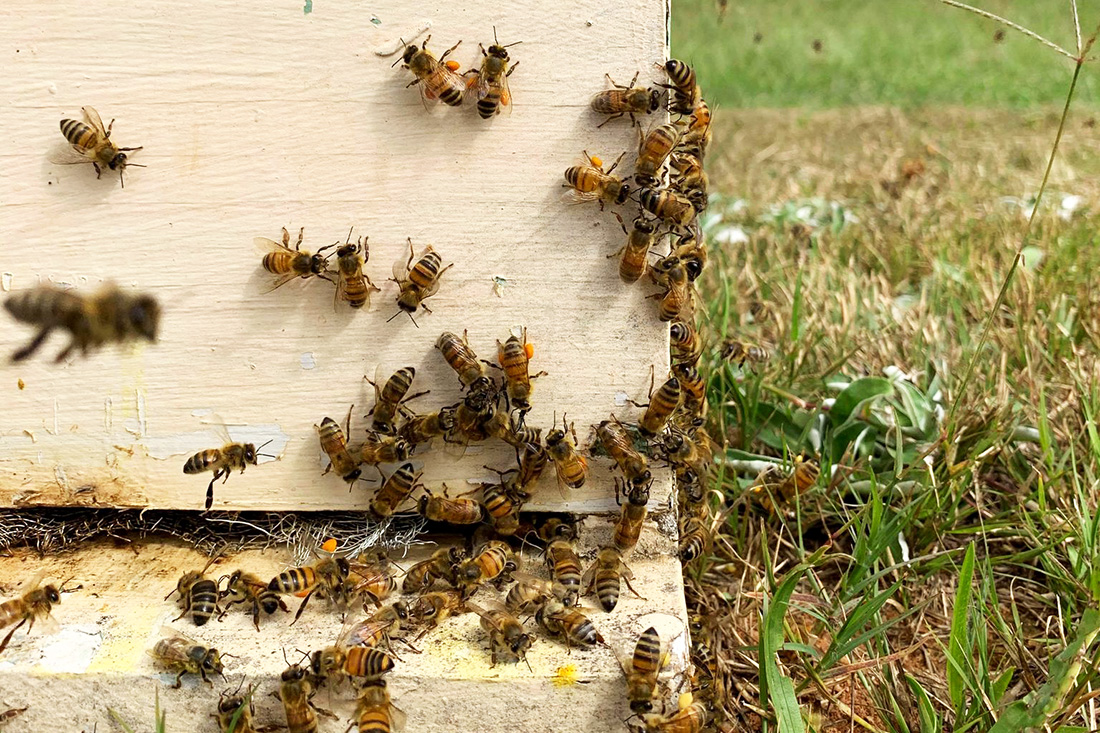As children laugh and play in the sunny spring, many are sneezing and wiping their runny noses or eyes.
Springtime pollen can cause allergy problems for everyone. Youngsters, however, may be less careful when and how they take care of their problems, especially while they play. And when children play together or share toys, they can easily pass germs along to their friends.
"Cleaning and disinfecting is important in keeping the spread of disease and germs to a minimum," said Mary Anne Pace-Nichols. "To stop the spread of germs, clean and disinfect contaminated objects immediately."
Hand-washing is an important part in stopping the spread of germs, too.
Recent studies show washing hands at least five times a day can greatly reduce the spread of germs at home and in child-care settings.
"It's recommended," Pace-Nichols said, "that people wash their hands thoroughly, including between the fingers, the backs of their hands and the palms for at least two minutes with a disinfecting or antibacterial soap."
Many children can wash their hands by themselves with only a little help from adults. Provide a sturdy stool so children can reach the sink and faucet easily. Set the water heater no higher than 110 degrees so it won't burn tender hands.
If children have a hard time with a pump soap dispenser, thin the soap with a little water to make it easier for them. Have new paper towels available for quick hand drying.
Adults may want to supervise children the first few times they wash by themselves and check after washing for any visible dirt missed during cleanup.
Cleaning and disinfecting, Pace-Nichols said, is more than a quick wipe with a sponge or tissue.
"Germs thrive in porous, nondisposable wipes like sponges," she said. "Use disposable towels instead."
One quick, low-cost disinfectant is 10 parts water to one part chlorine bleach. Parents and care givers must make fresh disinfecting solution every day.
If you choose a commercial disinfectant, make sure it's EPA- approved, and follow label directions exactly.
To disinfect surfaces, spray it evenly with the disinfectant. Then wipe the solution off with a disposable towel or allow the surface to air-dry. Air- drying is important, since most disease germs can't survive on dry surfaces with good air movement over them.
Follow these guidelines to keep group areas as germ-free as you can.
* After every use, clean and disinfect table tops, feeding chairs, potty equipment, tubs, showers and diaper-changing areas.
* Every day, clean and disinfect toys for children under three, as well as hand-washing sinks, bathrooms, crib rails, floors, water-play tables and crib linens.
* Once each week, clean and disinfect toys for children over three, along with low shelves, crib mattresses, cot and nap mats and dress-up clothes.
Use soap and warm water to immediately clean or launder any toy or area on which you can see food, saliva or human waste. Then disinfect it with a bleach solution or commercial disinfectant.
While it may seem hard to keep up with what needs to be cleaned and disinfected and how often it needs to be done, it's easy to make a chart. Keep it in or near cleaning tools to stay on track.
If you're selecting a new child-care center, ask about their cleaning and disinfecting policies and routines. Look around carefully when you visit the center to see how staff members clean up after children.
Keeping children healthy isn't easy, but it's not too hard to keep germs at bay. Even with one child, keeping germs away can pay off with a big smile.






